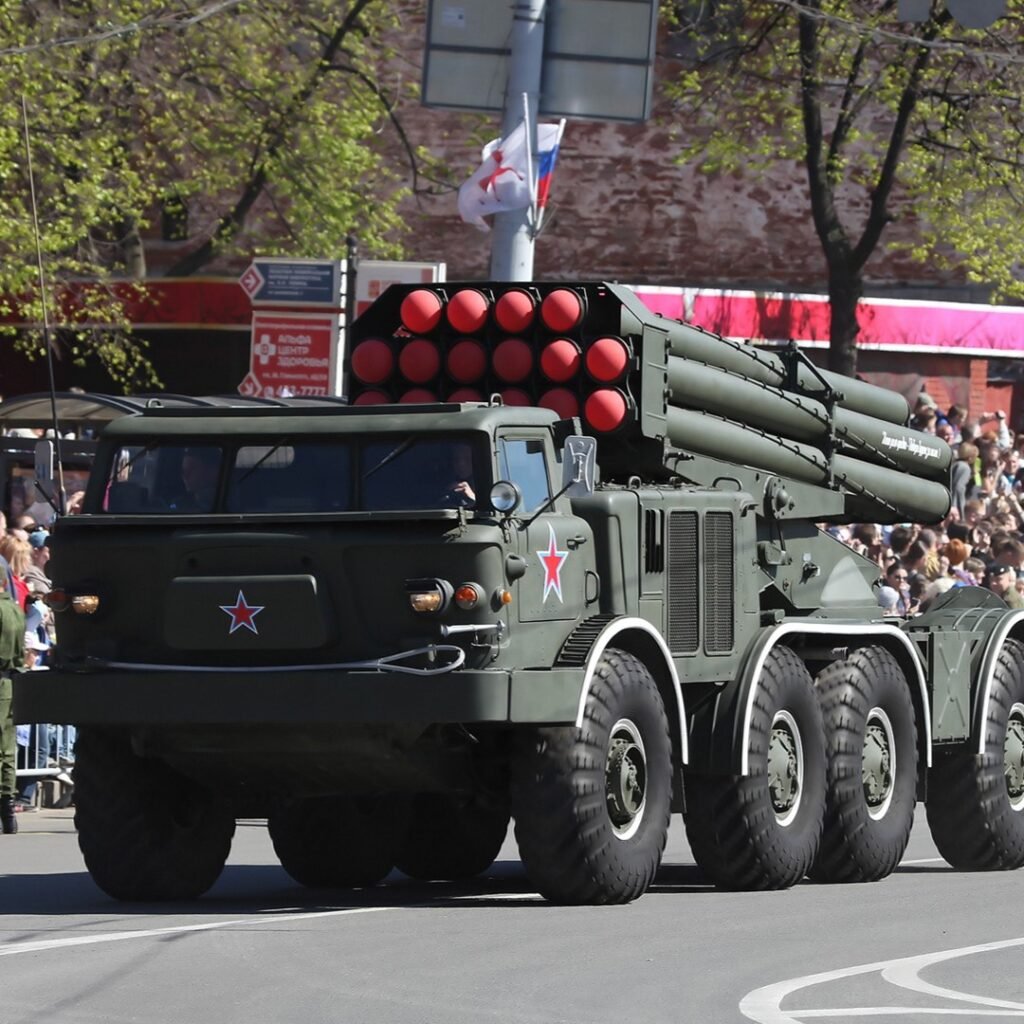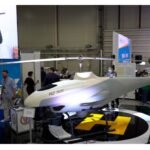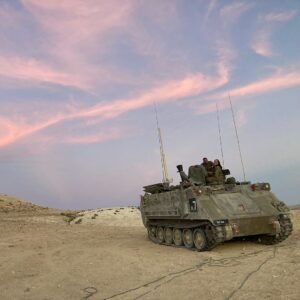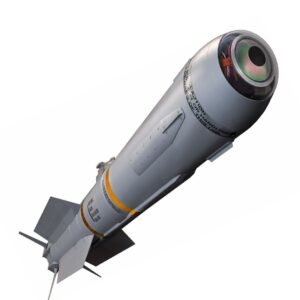I. Introduction
The BM 27 Uragan MRL is a highly effective Soviet-designed multiple rocket launcher system that has been in service for over four decades. With its long-range capabilities and ability to launch large salvos of rockets, the BM 27 Uragan MRL has proven to be a valuable asset to ground troops in numerous conflicts around the world.

II. BM 27 Uragan MRL Design and Development
The design and development of the BM 27 Uragan MRL began in the late 1960s as a replacement for the BM-21 Grad MRL system. The system was designed to be more mobile, have a longer range, and provide greater firepower than its predecessor.
The design team was led by A. N. Ganichev, who was tasked with developing a system that could launch 220mm rockets to a range of up to 40 kilometers. To achieve this, the team decided to use a six-axle, all-terrain vehicle as the launcher platform. The launcher itself consisted of a rectangular frame with sixteen launching tubes arranged in two rows of eight.
One of the challenges in developing the BM 27 Uragan MRL was designing a rocket that could meet the system’s requirements. The rocket needed to be able to travel long distances and have a large enough warhead to be effective against a range of targets. To achieve this, the team developed a rocket with a large, high-explosive warhead that could be equipped with a variety of fuzes, including proximity, impact, and time delay.
Another challenge in designing the system was ensuring that it was highly mobile and could be rapidly deployed to different locations. To achieve this, the launcher was mounted on a six-axle, all-terrain vehicle that was designed to be highly maneuverable and able to operate in a variety of terrain conditions.

The BM 27 Uragan MRL entered service with the Soviet military in the late 1970s and quickly gained a reputation for its effectiveness in combat. In the 1980s, an improved version of the system, the BM-27M Uragan-1, was introduced, which featured improved accuracy and a longer range.
General Specification of BM 27 Uragan MRL
| Specification | Value |
| Type | Multiple rocket launcher |
| Place of origin | Soviet Union/Russia |
| Service History | 1975-present |
| Weight | 22.5 tons |
| Length | 8.71 m |
| Width | 2.85 m |
| Height | 3.09 m |
| Crew | 4 |
| Engine | V-59 diesel engine |
| Operational range | 300 km |
| Speed | 60 km/h |
| Primary armament | 16x 220mm rockets |
| Maximum firing range | 35-40 km |
| Warhead | High explosive fragmentation |
| Guidance system | Unguided |
| Reload time | 7-10 minutes |
| Variants | BM-27, BM-27M Uragan-1 |
III. Capabilities and Features of BM 27 Uragan MRL
The BM 27 Uragan MRL is a powerful weapon system with a range of capabilities and features that make it an effective tool for ground troops. Some of its key capabilities and features include:
- High firepower: The BM-27 Uragan can launch 16 rockets in just 20 seconds, providing a high volume of fire that can overwhelm enemy defenses.
- Long range: The BM-27 Uragan has a range of up to 40 kilometers, allowing it to engage targets at a significant distance.
- Large warhead: The rocket used by the BM-27 Uragan has a large, high-explosive warhead that can be effective against a variety of targets, including personnel, vehicles, and buildings.
- Multiple fuze options: The rocket can be equipped with a variety of fuzes, including proximity, impact, and time delay, allowing it to be used against a range of targets and in different scenarios.
- High mobility: The launcher is mounted on a six-axle, all-terrain vehicle that is highly maneuverable and able to operate in a variety of terrain conditions, allowing it to rapidly deploy to different locations.
- Quick reload: The launcher can be reloaded with a new set of rockets in just a few minutes, allowing it to continue providing support to ground troops.
- Improved accuracy: The BM-27M Uragan-1 variant features improved accuracy over the original design, making it even more effective against enemy targets.
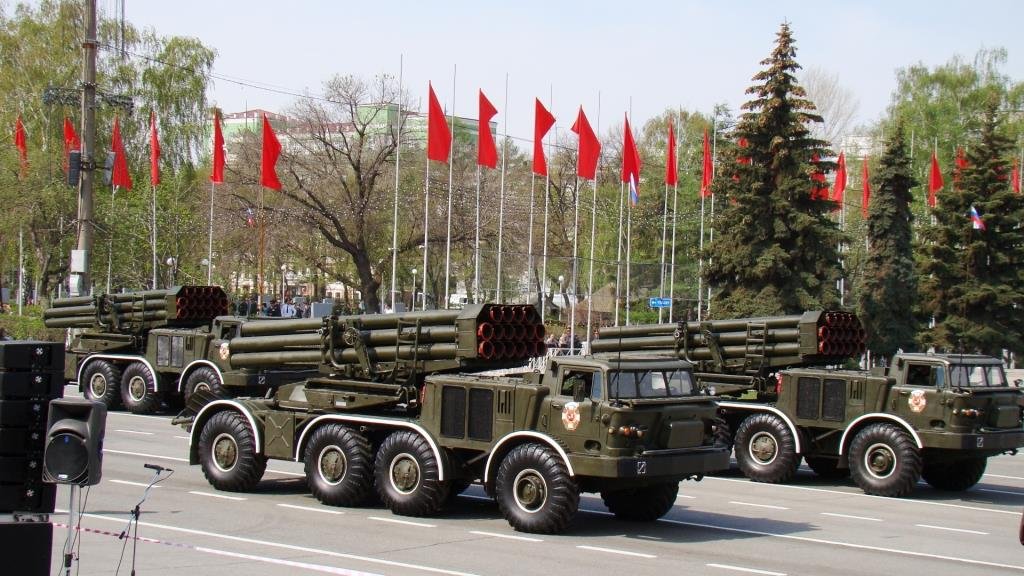
IV. War History
The BM-27 Uragan MRL has a long history of use in various conflicts around the world.
Soviet-Afghan War:
The BM 27 Uragan MRL was first used in combat during the Soviet-Afghan War in the 1980s. It was used to provide fire support to ground troops and was effective in destroying enemy fortifications and vehicles.
Gulf War:
During the Gulf War in 1991, the Iraqi military used BM-27 Uragan MRLs to fire rockets at coalition forces. The system was particularly effective in urban combat, where its long-range and large warhead could be used to target buildings and fortifications.
Chechen Wars:
The BM-27 Uragan was used extensively by Russian forces during both Chechen Wars. It was used to provide fire support to ground troops and was particularly effective in urban combat.
Syrian Civil War:
The BM-27 Uragan has also been used by the Syrian military during the Syrian Civil War. It has been used to target opposition forces and has been particularly effective in destroying enemy fortifications.
In all of these conflicts, the BM-27 Uragan has been an effective weapon system that has provided ground troops with valuable fire support. Its high firepower and long range have made it effective against a range of targets, while its high mobility and quick reload time has made it a valuable asset in rapidly changing combat situations. Its use in these conflicts has demonstrated its effectiveness as a weapon system and its continued relevance on the modern battlefield.
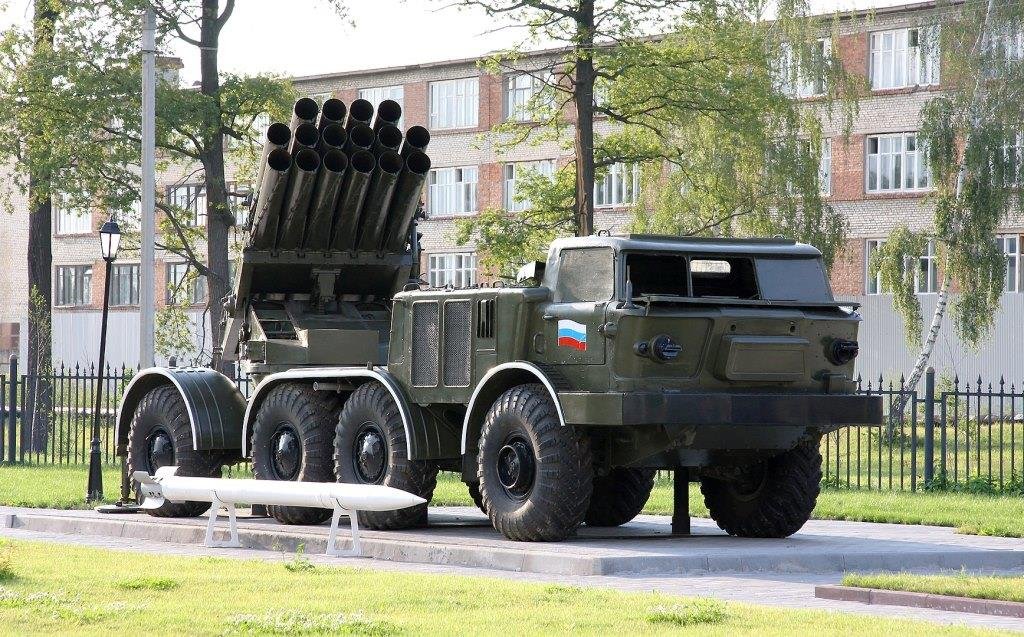
V. BM 27 Uragan MRL:- Variants
The BM-27 Uragan MRL has undergone several variants and upgrades over the years.
- BM-27: The original version of the BM-27 Uragan, was developed in the 1970s.
- BM-27M Uragan-1: An upgraded version of the BM-27 with improved range, accuracy, and mobility. This MRL enters into service in the 1980s.
- BM-27S: A self-propelled version of the BM-27, developed in the early 1980s. It used the same chassis as the BM-21 Grad, but had a larger launcher and greater range.
- BM-27 Uragan-1M: An upgraded version of the Uragan-1, introduced in the early 2000s. It featured improved fire control systems, digital communications, and a new rocket with increased range and accuracy.
- BM-30 Smerch: A successor to the BM-27, developed in the late 1980s. It had a larger launcher and increased range, with the ability to fire a variety of rockets and missiles.
Each of these variants offered improvements over the original BM-27 Uragan, with greater range, accuracy, and mobility. These upgrades helped to keep the BM-27 relevant on the modern battlefield, and ensured its continued use by militaries around the world.
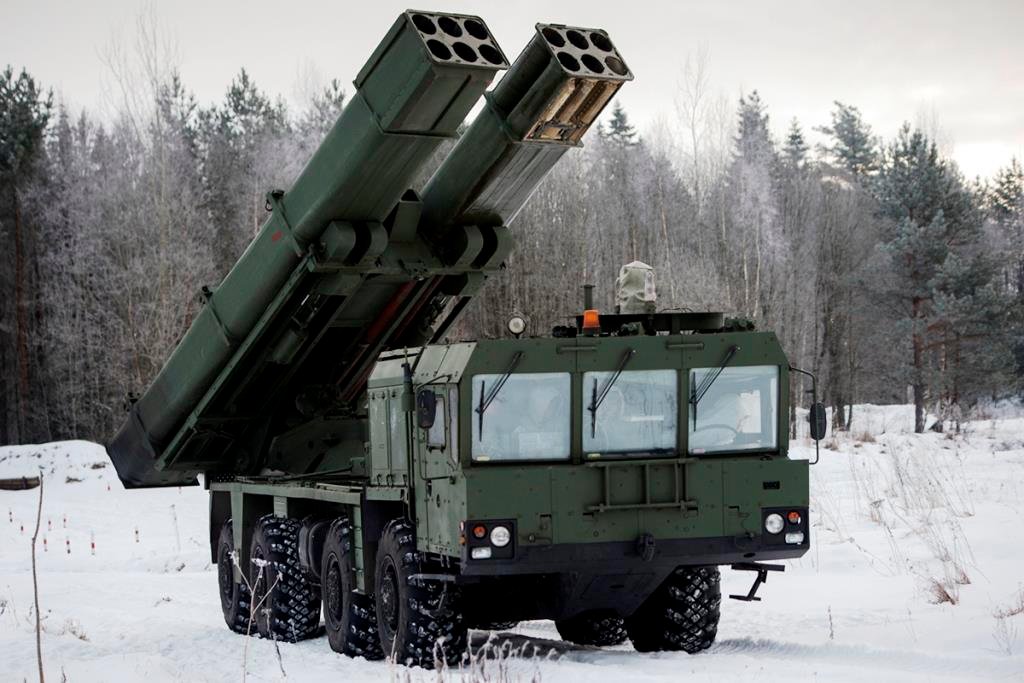
VI. BM 27 Uragan MRL:- Prototypes
The BM-27 Uragan MRL was first fielded in 1975. As such, there were several prototypes developed prior to the final version that was adopted by the Soviet Army.
- Object 704: This was one of the early prototypes of the BM-27 Uragan, developed in the late 1960s. It featured a launcher with 12 tubes and a range of 20 km.
- Object 306: This was another prototype developed in the late 1960s, with a launcher featuring 20 tubes and a range of 30 km.
- Object 520: This prototype was developed in the early 1970s, and featured a launcher with 16 tubes and a range of 35 km.
- Object 906: This prototype was developed in the mid-1970s, and featured a launcher with 16 tubes and a range of 30 km.
The BM 27 is a Multiple rocket launcher system. The development of these prototypes helped to refine the design of the BM-27 Uragan MRL and ensure that it met the requirements of the Soviet Army. They also allowed for the testing and evaluation of different launchers, ranges, and payloads, and helped to identify areas for improvement. Ultimately, the final version of the BM-27 Uragan proved to be a highly effective weapon system, with a range of up to 35 km and the ability to deliver a devastating barrage of rockets to the enemy.
VII. BM 27 Uragan MRL Vs HIMARS MRLS


| Specification | BM-27 Uragan | HIMARS |
| Country of origin | Soviet Union (now Russia) | United States |
| Introduced | 1975 | 2005 |
| Number of rockets | 16 | 6 |
| Maximum range | 40 km | 300+ km |
| Rocket caliber | 220 mm | 227 mm |
| Mobility | Truck-mounted | Truck-mounted |
| Crew | 3 | 3-5 |
| Accuracy | Moderate | High |
| Warhead types | HE, fragmentation, incendiary | Various (HE, cluster, guided) |
| Guided rocket options | 9M27K (semi-active laser) | GMLRS (GPS-guided) |
| Deployment time | ~3 minutes | ~5 minutes |
| The total weight (loaded) | 20,400 kg | 12,000 kg |
| Manufacturer | Splav State Research and Production Enterprise (Russia) | Lockheed Martin |
Do you know about India’s Pinaka Multi Barrel Rocket Launcher?

